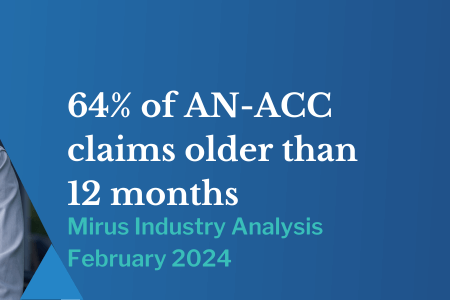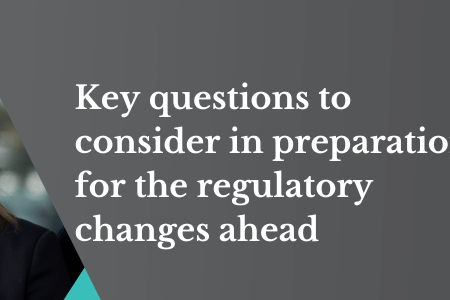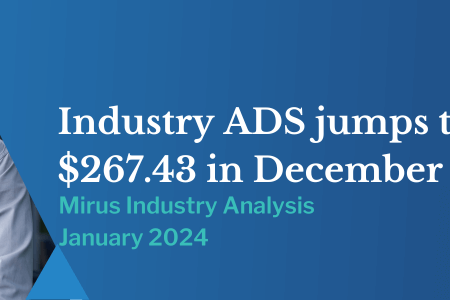Risk + quality + for the love of spreadsheets
August 13, 2019 | Aged Care Management

Gear Change. A series by James Price. Fast information for when your time is poor, and you know the best time for change is now.
This series provides insight and advice with a focus on improving productivity and sustainability for aged care providers in Australia. A series that you can squeeze in during your lunch hour and then share the ideas with the rest of your team in the afternoon.
If you’re using a spreadsheet to manage your current rosters, then we need to talk.
I love a good spreadsheet. Spreadsheets are versatile and convenient, and you can use them for a variety of operational tasks including financial models, tables, lists, but really, should we be using them to manage rosters?
A slight tangent. In my early career, I worked on the management of large telco contracts. As you can imagine big numbers, lots of services and thousands of people. When confronted with escalating telecoms costs, management would ask teams to reduce their spend.
- How you might ask?
- Use the phone less?
- Turn off the computers when we go home?
Maybe but a better approach was to provide teams with better insights.
Did you know that calling an international number from mobile was up to 10 times more expensive than calling from a landline? It was 1999 mind you!
People quickly realised that with the right information, direction and insights they could make better decisions. It beat waiting for the shock of the bill to arrive!
So, where were we? That’s right, rostering in aged care with spreadsheets or antiquated systems. Or worse, both!
When I first started reviewing this challenge with our clients over 3 years ago, I was amazed at the lack of robust tools available and the number of manual processes and spreadsheets that were being used. Additionally, reporting was often after the fact, long after a roster had been worked and paid.
Imagine making a decision, in fact, many decisions over a rostering fortnight and not knowing the impact on your costs or hours until much later?
Consider that rostered fortnight for a minute and here is an example:
Time worked on the 1st day of the month, and indeed the rest of the fortnight isn’t reported until several days after the roster period ends. Let’s say timesheets are signed off on day 15 of the month and the pay file data is exported on day 17 and the management reports are available on day 18 of the month. That’s only 4 days after the end of the period, but 17 days after the 1st day of the month.
By the time our clients had received information, they were already several days into a new roster and any changes they made didn’t stand a chance of taking effect until the third roster period or day 29!
https://vimeo.com/259800260
It’s 2019 and this isn’t good enough; no spreadsheet is going to save us. This is one of the first big challenges the team at Mirus Australia sought to fix when we started our Workforce Management journey in 2015.
And we did. An integrated award engine that provides the roster costs and impact of decisions in real-time. Co-designed with aged care providers for aged care providers.
It’s one of the great reasons for a gear change. We need better information to support better workforce management and improved financial sustainability now and in the future.
Find out more about Mirus Works! here, because if you’re using outdated solutions or spreadsheets, we really need to talk.
James Price, co-founder at Mirus Australia is a self-confessed petrol head. That is a person who is overly reliant on the use of their car and enjoys making a noise with it. James frequently shares a car analogy to explain a methodology, complex problem or an idea that has formed and with the goal of #makingagedcarebetter


